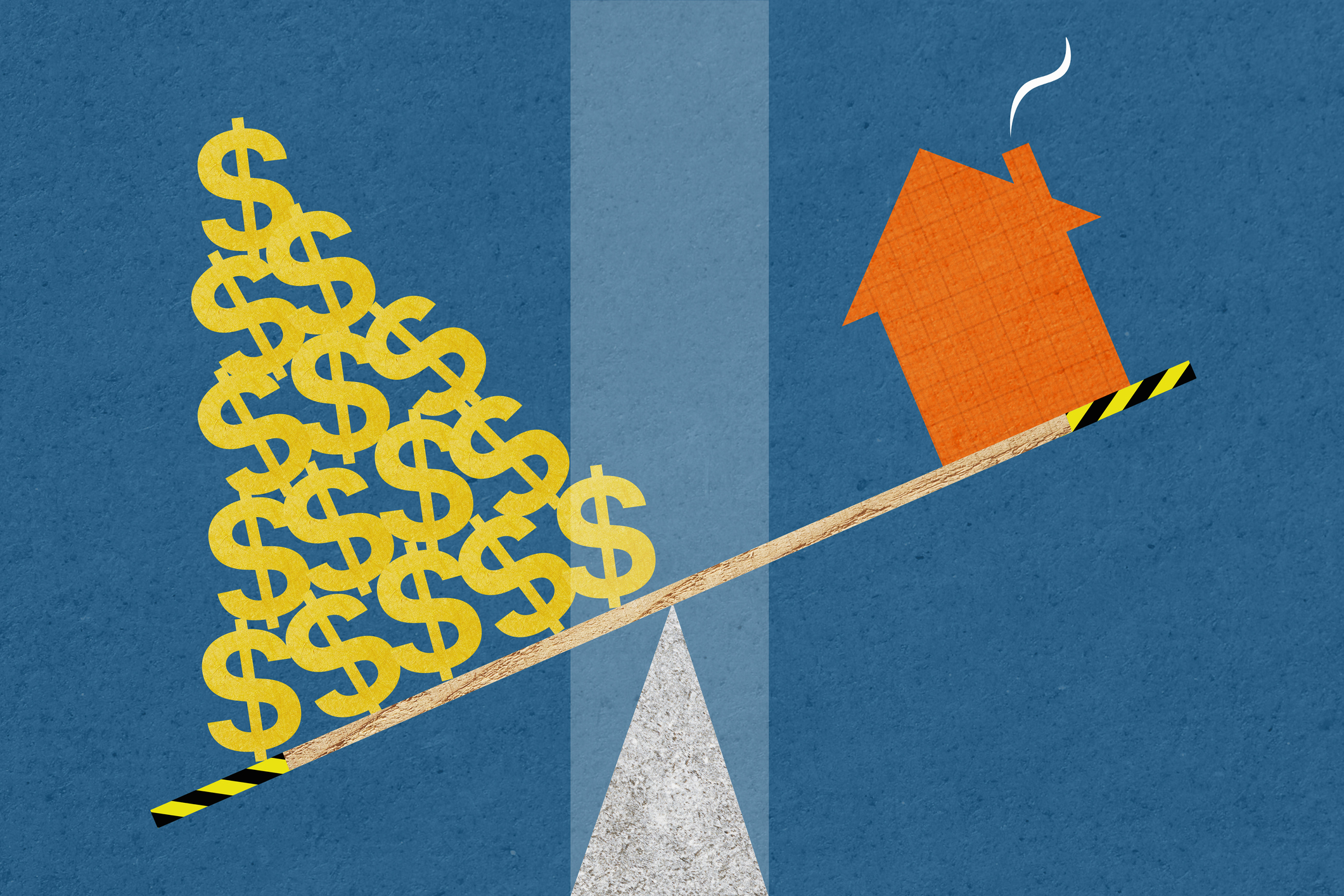New Rules for Home Improvement Tax Credits
The tax break for energy-efficient home improvements made in 2011 isn't as big as in past years.

Can you still get a tax break for making energy-efficient home improvements in 2011?
If you didn’t get around to making energy-efficient home improvements last year, don’t worry -- it’s not too late to get a tax break. But the tax credit in effect for 2011 projects is a lot less attractive than the one that applied to 2009 and 2010.
In 2009 and 2010, you could claim a tax credit worth 30% of the cost of qualifying energy-efficient home improvements, up to a maximum credit of $1,500 for those two years combined. In 2011, the credit is much smaller -- $500 -- and it is off-limits if you already claimed the credit for energy-efficient home improvements in the past. (A tax credit, which reduces your tax bill -- or increases your tax refund -- dollar for dollar, is more valuable than a tax deduction, which merely reduces that amount of income that is taxed).

Sign up for Kiplinger’s Free E-Newsletters
Profit and prosper with the best of expert advice on investing, taxes, retirement, personal finance and more - straight to your e-mail.
Profit and prosper with the best of expert advice - straight to your e-mail.
The 2011 home energy tax credit is now limited to 10% of the purchase price of energy-efficient windows, doors and skylights, up to a maximum credit of $500, and only $200 of that amount can be allocated to the cost of replacement windows. Certain home improvements have specific dollar limits for the credit such as $300 for eligible central air conditioning, $300 for an air source heat pump, $300 for an electric heat pump water heater, and $150 for eligible natural gas, propane or oil furnaces. Even if you install several improvements, the maximum credit you can claim is $500. And you won’t be able to claim it on your 2011 federal tax return if you already received $500 or more in credits for energy-efficient home improvements from 2006 through 2010.
Some of the rules for tax-credit eligibility have changed, too. To see which products qualify, see the Tax Credit page at EnergyStar.gov or EnergyTaxIncentives.org for details.
A more generous credit is still in effect for taxpayers who buy and install alternative energy equipment in their homes. Qualified equipment includes geothermal heat pumps, solar water heaters, solar panels, fuel cells and small wind-energy systems (as long as no part of these systems is used to heat a swimming pool or hot tub). That credit -- worth 30% of the cost and installation of such improvements -- has no maximum dollar amount, and you have until December 31, 2016, to place those items in service.
If you’re still preparing your 2010 taxes and you’re wondering whether you can claim the energy-efficient tax break for home improvements you made last year, see these two articles about the 2010 credits: Tax Credits for Going Green and Tax Breaks for Energy-Efficient Home Improvements.
Get Kiplinger Today newsletter — free
Profit and prosper with the best of Kiplinger's advice on investing, taxes, retirement, personal finance and much more. Delivered daily. Enter your email in the box and click Sign Me Up.

As the "Ask Kim" columnist for Kiplinger's Personal Finance, Lankford receives hundreds of personal finance questions from readers every month. She is the author of Rescue Your Financial Life (McGraw-Hill, 2003), The Insurance Maze: How You Can Save Money on Insurance -- and Still Get the Coverage You Need (Kaplan, 2006), Kiplinger's Ask Kim for Money Smart Solutions (Kaplan, 2007) and The Kiplinger/BBB Personal Finance Guide for Military Families. She is frequently featured as a financial expert on television and radio, including NBC's Today Show, CNN, CNBC and National Public Radio.
-
 Stock Market Today: Stocks Gain on Tech, Auto Tariff Talk
Stock Market Today: Stocks Gain on Tech, Auto Tariff TalkThe Trump administration said late Friday that it will temporarily halt tariffs on some Chinese tech imports.
By Karee Venema
-
 Sam's Club Plans Aggressive Expansion: Discover Its New Locations
Sam's Club Plans Aggressive Expansion: Discover Its New LocationsSam's Club expansion plans will open up to 15 new stores each year. Learn where they plan to open in 2025.
By Sean Jackson
-
 Tax Time: Does Your Kid Influencer Owe Taxes?
Tax Time: Does Your Kid Influencer Owe Taxes?State Tax Some minors are making big money on social media. Here’s how to know if they need to file taxes.
By Gabriella Cruz-Martínez
-
 Did Florida’s Chance at $1,000 in Property Tax Rebates Vanish?
Did Florida’s Chance at $1,000 in Property Tax Rebates Vanish?State Taxes The Florida Legislature bypassed Gov. Ron DeSantis’ wish to cut property taxes and instead voted to lower the state’s sales tax.
By Gabriella Cruz-Martínez
-
 How Caregivers for Adults Can Save on Taxes in 2025
How Caregivers for Adults Can Save on Taxes in 2025Tax Breaks Caring for your parent or spouse can be stressful, but the IRS offers tax breaks for qualifying taxpayers. Here they are.
By Kate Schubel
-
 New South Carolina Income Tax Cut Might Eat Your Cash
New South Carolina Income Tax Cut Might Eat Your CashState Taxes South Carolina’s flat income tax bill could have the majority of residents paying higher income taxes. Find out how.
By Kate Schubel
-
 Tax-Deductible Home Improvements for Retirement in 2025
Tax-Deductible Home Improvements for Retirement in 2025Retirement Taxes Your aging-in-place plan could benefit from the medical expense tax deduction. But watch out for capital gains and property taxes.
By Kate Schubel
-
 New Colorado Tax Credit: What’s the Scoop?
New Colorado Tax Credit: What’s the Scoop?State Tax Everything you need to know about the Colorado family affordability tax credit in 2025.
By Kate Schubel
-
 Key Family Tax Breaks Are on the GOP Chopping Block This Year
Key Family Tax Breaks Are on the GOP Chopping Block This YearTax Credits Several tax breaks, including the Child Tax Credit, may face reforms or be cut entirely as lawmakers seek revenue for Trump’s tax plans.
By Gabriella Cruz-Martínez
-
 What's Going on With New Jersey Property Tax Programs?
What's Going on With New Jersey Property Tax Programs?Property Tax ANCHOR and ‘Senior Freeze’ just got a refresh, and there’s a new program: Stay NJ. Learn how to save on New Jersey property taxes.
By Kate Schubel